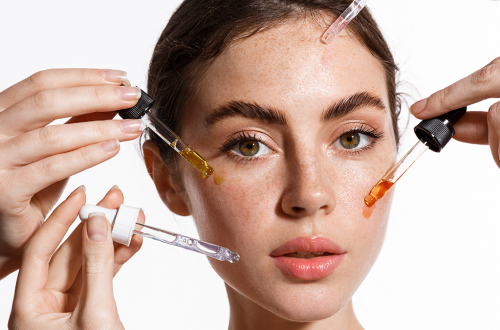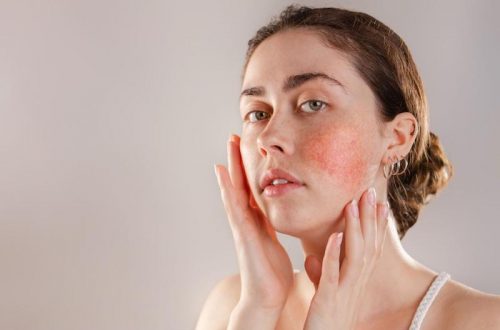The Right Way of Using Retinoic Acid
The use of retinoids is safe for health. However, and especially when you start using them, they can cause irritation, dryness, or peeling of the skin. Below we explain, step by step, how to use the most powerful retinoids, retinoic acid (or tretinoin) and retinol, without suffering side effects.
How to use retinoids, retinol, retinoic acid
Retinoids are compounds that include vitamin A (or retinol), and other derivatives, such as retinoic acid (active vitamin A) and retinyl esters. Retinoids have been extensively studied scientifically showing exceptional benefits for the skin. They can be considered one of the most guaranteed anti-ageing treatments, due to the number of independent studies that show their efficacy and safety. Retinol and retinoic acid reduce wrinkles and increase skin elasticity because they promote collagen synthesis. In addition, they reduce pigmentation or spots on the skin, act as antioxidants protecting against solar radiation, and are beneficial for treating acne.
Precautions with retinoids: retinol and retinoic acid
- If you are pregnant or planning to become pregnant, or if you are breastfeeding, it is not recommended to use creams or serums with retinol or other derivatives of vitamin A, such as retinoic acid and retinyl esters.
- They are not required before the age of 25.
- Retinoids can cause skin irritation and dryness.
- They are best applied at night because they are inactivated by ultraviolet light from the sun.
- They can cause sensitivity to sunlight, so it is especially important to apply a sunscreen cream during the day or avoid sun exposure.
- Avoid contact with eyes, eyelids, nasal mucosa, mouth, and open wounds. Avoid its accumulation in the corners of the nose.
- Do not mix different products with retinoids, and do not mix with other acids.
Tips to use retinol or retinoic acid
- Use retinoids infrequently initially: Start with 1 day a week for a few months, increasing the number of days as your skin adjusts (doesn’t get irritated).
- Use the lowest concentration, and increase to higher concentrations as the skin adapts.
- Do not mix retinoids with products containing pure ascorbic acid (vitamin C), as the formulations are incompatible and can cause irritation. It’s best to use retinoids at night and other antioxidants (such as vitamin C) during the day.
If the skin does not adapt to the use of powerful retinoids such as retinol or retinoic acid, or the sensation of dryness bothers us, there is always the option of using them infrequently, 2 days a week for example. Also, you can use less irritating and powerful retinoids. In another article, I describe the types of retinoids and their potency.



